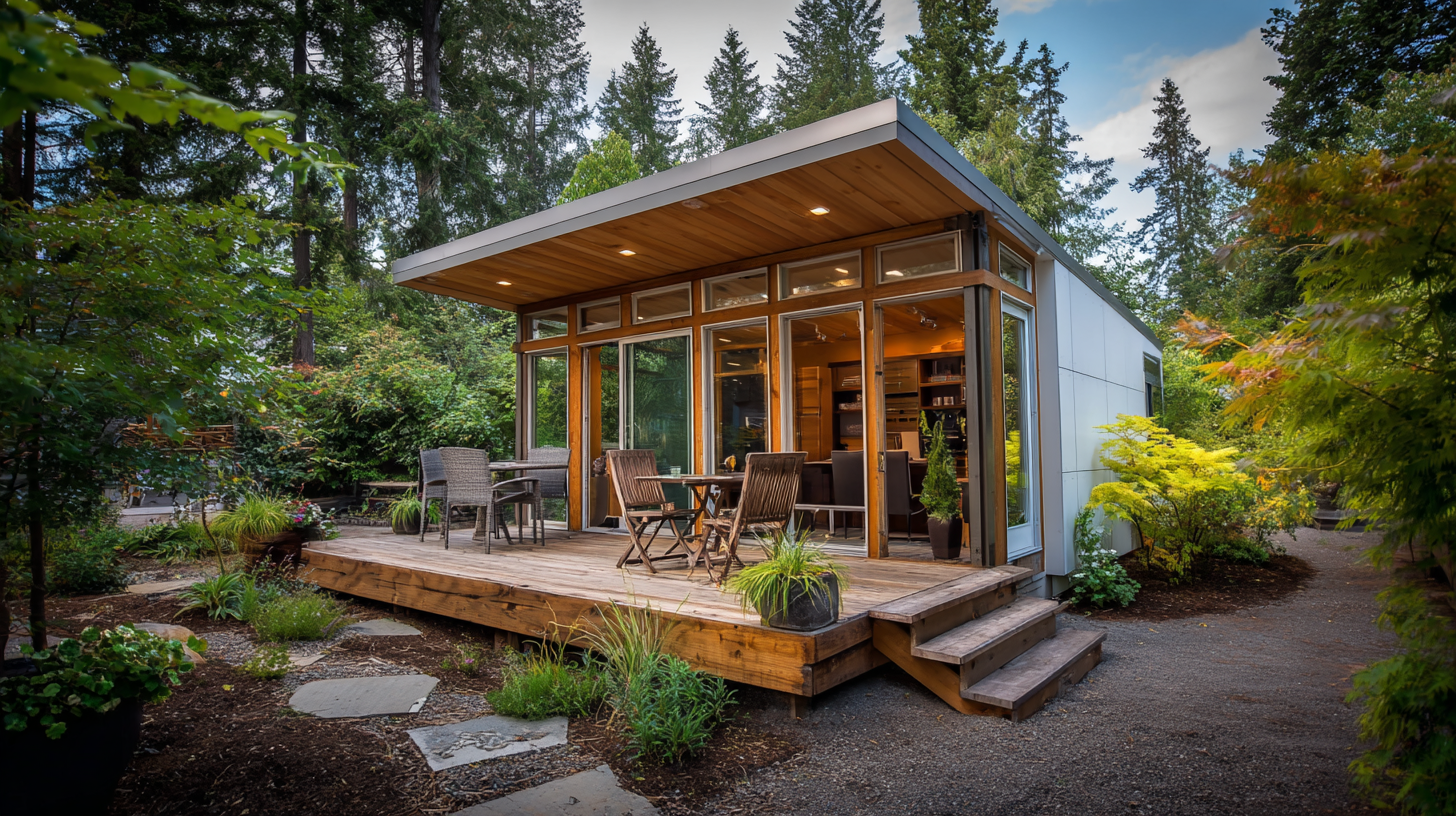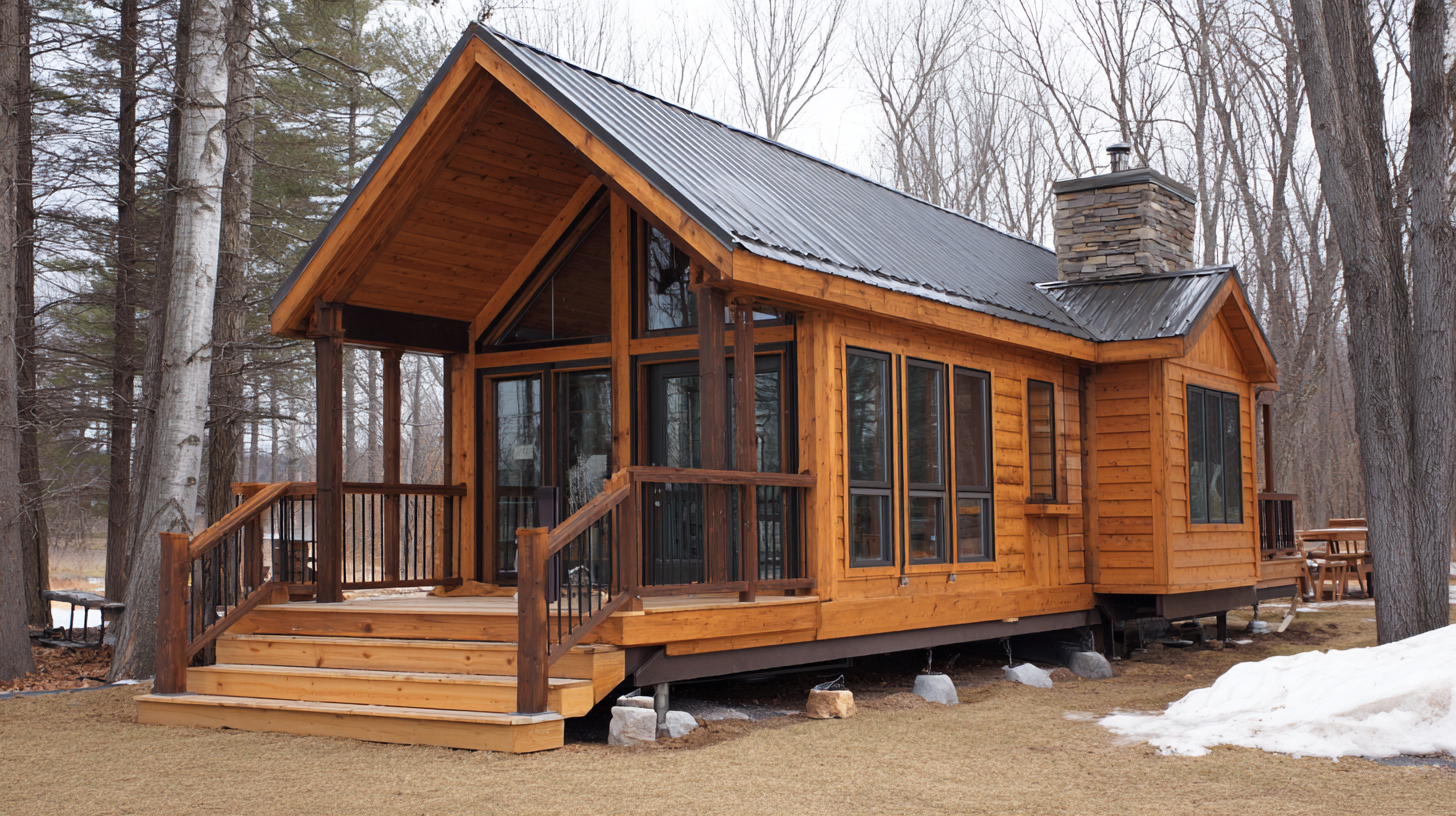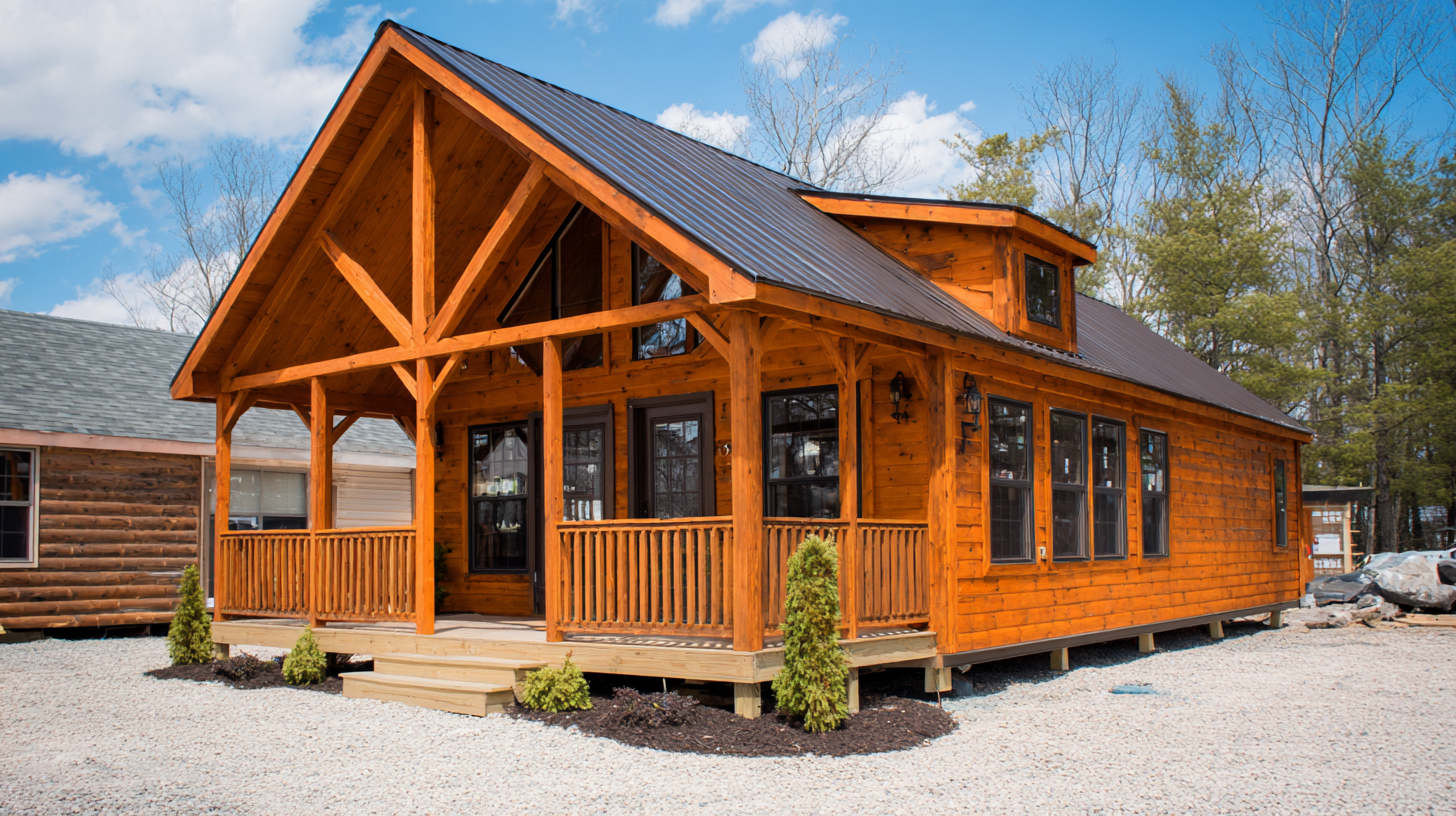In recent years, the popularity of Prefab Cabin Homes has surged as more individuals seek affordable, eco-friendly, and quickly assembled housing solutions. According to a report from the Modular Building Institute, the prefab construction industry has grown by over 20% annually, reflecting a robust demand for these innovative dwellings. However, despite their advantages, potential buyers often face challenges when selecting the right cabin to meet their specific needs. Factors such as size, materials, energy efficiency, and design customization can significantly impact the longevity and satisfaction of the homeowner. As we explore the problems associated with various types of prefab cabins, this guide aims to equip you with the essential insights needed to make an informed decision that aligns with your lifestyle and preferences.

When selecting the best prefab cabin for your needs, space, budget, and location are crucial factors that demand careful consideration. A recent report indicates that the demand for compact yet functional living spaces has surged, with the prefab housing market expected to grow by over 10% annually through 2025. This trend reflects a growing preference among urban dwellers for homes that offer both an aesthetic appeal and practical space solutions. With a variety of designs available, assessing the optimal layout that complements your lifestyle is essential. Consider how much space you truly need, whether you're planning a cozy retreat or a family getaway.
Budget is another pivotal factor in your decision-making process. Prefab cabins generally provide a cost-effective alternative to traditional housing, but prices can vary significantly based on materials, customization, and location. According to industry analysis, the average price of prefab homes ranges from $50 to $150 per square foot, depending on design complexity and finishes. Additionally, considering location is vital; selecting a site that enhances your cabin's accessibility and proximity to nature can enrich your living experience. New concepts in the market are helping to bridge the gap between affordability and quality, catering to those who seek a meaningful living space without compromising on design or functionality.
When choosing a prefab cabin home, understanding the materials can greatly influence both cost and durability. Common materials used in prefab cabins include wood, metal, and composite materials. According to a report by the Forest Economic Advisors, wood remains a favored option due to its excellent insulation properties and aesthetic appeal, although it typically has a lifespan of about 30-40 years without proper maintenance. The average cost per square foot for wood cabins ranges from $150 to $250, making it a viable but potentially expensive choice depending on the design and quality of materials selected.
On the other hand, metal cabins, which are often constructed from steel or aluminum, offer remarkable durability and resistance to environmental factors such as mold, fire, and pests. Data from the National Association of Home Builders indicates that metal structures can last over 50 years with minimal maintenance. The cost for metal prefab cabins averages between $100 and $200 per square foot, making them an attractive option for buyers focused on long-term investment and lower maintenance costs. Lastly, composite materials, which combine natural fibers and recycled plastics, provide a balanced option with good durability and an average cost ranging from $120 to $220 per square foot, appealing to eco-conscious consumers.
| Material Type | Cost per Square Foot | Durability (Years) | Maintenance Level | Insulation Rating (R-Value) |
|---|---|---|---|---|
| Wood | $150 - $200 | 30 - 50 | Medium | R-13 to R-18 |
| Metal | $100 - $150 | 50 - 70 | Low | R-7 to R-10 |
| Composite | $120 - $180 | 20 - 40 | Medium | R-10 to R-13 |
| Concrete | $130 - $200 | 70 - 100 | Low | R-5 to R-8 |
| Log | $200 - $300 | 30 - 50 | High | R-18 to R-25 |
When considering a prefab cabin home, customization options are crucial for making it uniquely yours. Many manufacturers offer a range of flexible design choices, from floor plans to finishings. You could start with the exterior design: various siding materials, colors, and roofing styles can dramatically influence the overall aesthetic. Assess how these options align with your personal style and surroundings, as selecting the right features can enhance your cabin's charm.

Tips: When you explore customization options, take your time to visualize how your choices will work together. Creating a mood board with colors, textures, and layouts can help clarify your preferences before making decisions.
Another aspect of customization is the interior layout. Prefab cabins often allow modifications to room sizes and placements. Think about how you plan to use each space—will you need an open concept living area, or do you prefer defined rooms? Balancing functional needs with aesthetic desires is vital.
Tips: Make a list of must-haves versus nice-to-haves. This prioritization will guide you during the customization process and help avoid overwhelm when faced with numerous options.
When choosing a prefab cabin home, sustainability should be a top priority. The construction industry has seen a significant shift towards eco-friendly materials and energy-efficient designs, addressing both environmental concerns and rising energy costs. According to a 2021 report by the U.S. Green Building Council, buildings that were designed with sustainability in mind can reduce energy consumption by up to 30%. This not only lessens the ecological footprint but also leads to substantial savings on utility bills over time.
Energy efficiency ratings, such as those provided by the Energy Star program, play a crucial role in assessing the performance of prefab cabins. Homes with an Energy Star rating consume 20-30% less energy than their traditional counterparts. Furthermore, utilizing sustainable materials, such as reclaimed wood and low-VOC (volatile organic compound) finishes, contributes to indoor air quality and minimizes the environmental impact. A 2020 survey by the National Renewable Energy Laboratory indicated that homes built with eco-friendly materials tend to have higher resale values, making sustainability not only an ethical choice but a savvy financial investment.
The chart above illustrates the energy efficiency ratings of prefab cabin homes, highlighting the importance of insulation (R-Value), recognized efficiency through Energy Star ratings, effectiveness of solar panels, and the use of sustainable materials. This information can guide you in selecting a cabin that meets your sustainability needs.
The popularity of prefab cabin homes has surged in 2023, driven by a combination of urban migration to rural areas and growing interest in sustainable living. According to a report from the National Association of Home Builders, the demand for prefabricated homes has increased by 20% compared to previous years, with customers drawn to the affordability and speed of construction. The average cost of a prefab cabin is now around $150 per square foot, a competitive price compared to traditional cabins, which can range from $200 to $300 per square foot, depending on customization and location.

Market trends indicate that buyers are also prioritizing energy efficiency and eco-friendly materials in their prefab cabin selections. Recent findings from Ecohome show that over 75% of consumers are willing to pay 10-15% more for sustainable features, such as solar panels and high-quality insulation. As modular designs become increasingly sophisticated, manufacturers are focusing on maximizing value through technology, making prefab cabins not just an economical choice but also an environmentally conscious one. This alignment of consumer preferences with industry advancements suggests a robust future for the prefab cabin market, potentially redefining how cabins are conceptualized and manufactured in the coming years.
